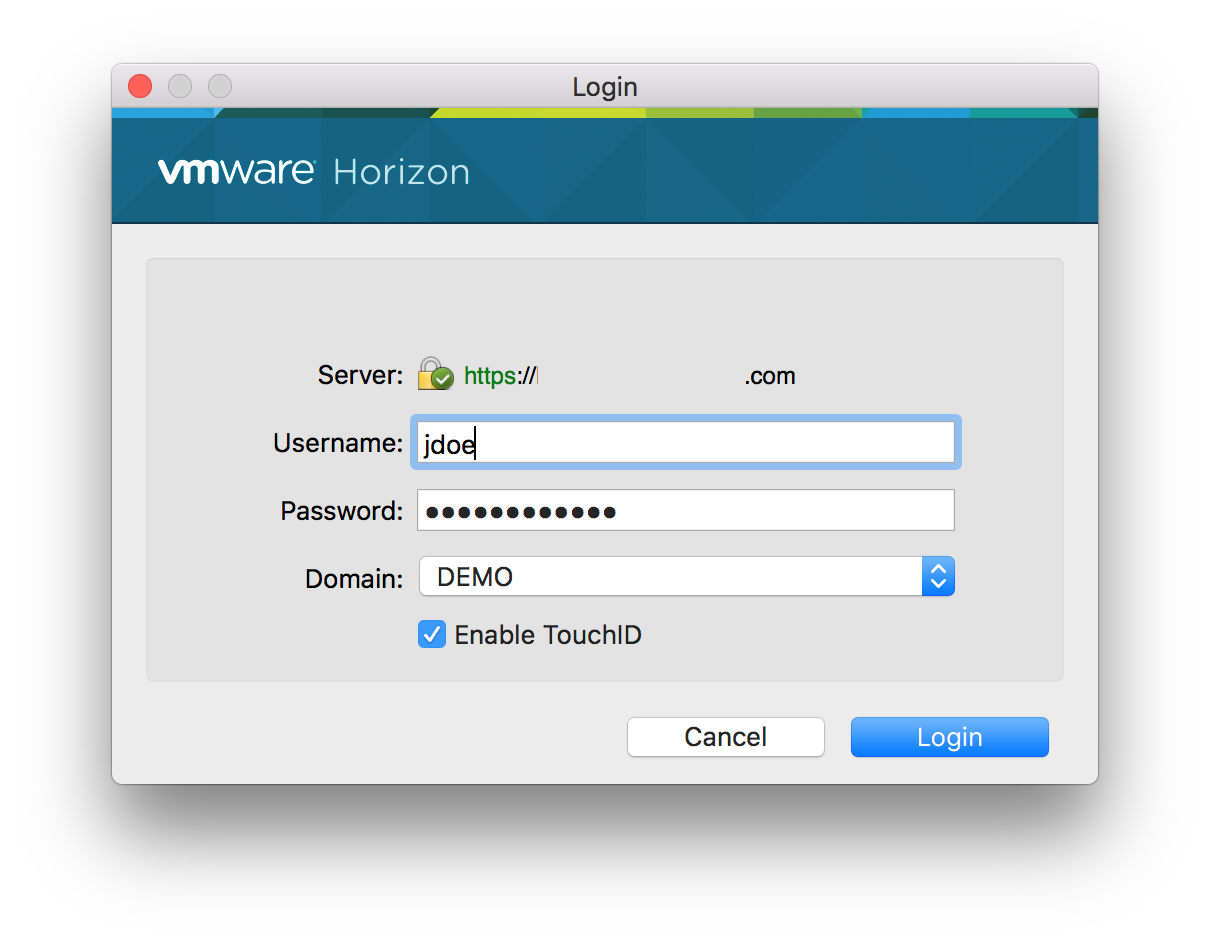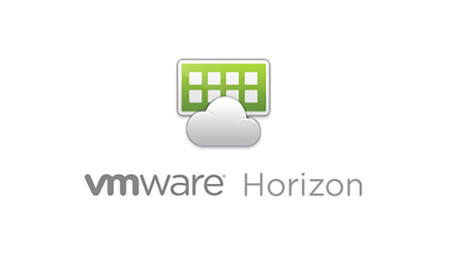
The right side of the device has a SD Memory Card Reader, USB 2.0 with PowerShare, VGA out, Noble Wedge Lock Slot. The box also contained the power supply, and a warranty and setup guide. The cardboard packaging box that the device came in was heavy and well designed, the device itself was nestled between three black foam blocks and wrapped in an antistatic plastic bag, and it had a piece of black material between the screen and the keyboard. Intel Wireless-AC 9560, Dual-band 2×2 802.11ac Wi-Fi with MU-MIMO Intel Celeron N4100 (4 Cores/4MB/4T/up to 2.4GHz/6W)ġ4.0″ HD (1366×768) Anti-Glare, Non-Touch, Cameraġ4.0″ FHD (1920 x 1080) Anti-Glare, Non-Touch, Cameraġ4.0″ FHD (1920 x 1080) Anti-Glare, Touch, Cameraģ Cell 42Whr ExpressCharge Capable Batteryġ x USB Type C 3.1 Gen 1 with Power Delivery & DisplayPort 1.2
#VMWARE HORIZON CLIENT PORTABLE WINDOWS 10#
Wyse ThinLinux or Windows 10 IoT EnterpriseĬitrix ICA/HDX (not all OS support all protocols) In this article we will refer to it as a Wyse. The product is labeled as a Wyse 5470 but the outer cover and the screen bezel have the Dell logo.

We will then lay out the key findings from those tests and provide our thoughts about the device and briefly discuss who would benefit from this product.

In this article, we will give an in-depth overview of the Wyse 5470 VDI client’s specifications, design and build quality, and a summary of the testing that we carried out on it over two weeks. It is powered by an Intel Celeron N4000 (2 Cores/4MB) or an Intel Celeron N4100 (4 Cores/4MB), it runs Wyse ThinOS (with optional PCoIP), Wyse ThinLinux or Windows 10 IoT Enterprise. To give a brief overview of its specifications, the Wyse 5470 is a laptop format, VDI client that has a 14” screen. The Wyse 5470 client is geared towards mobile virtual desktop infrastructure (VDI) users that need a laptop form factor VDI client.


 0 kommentar(er)
0 kommentar(er)
